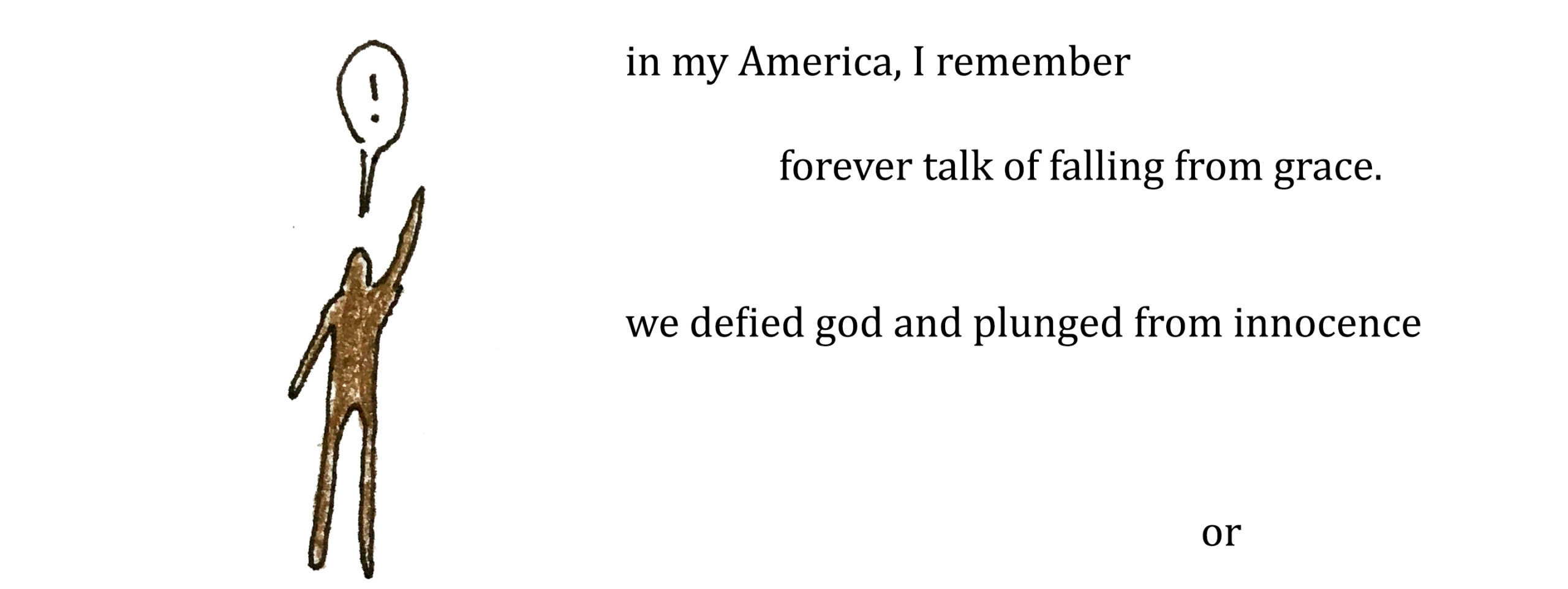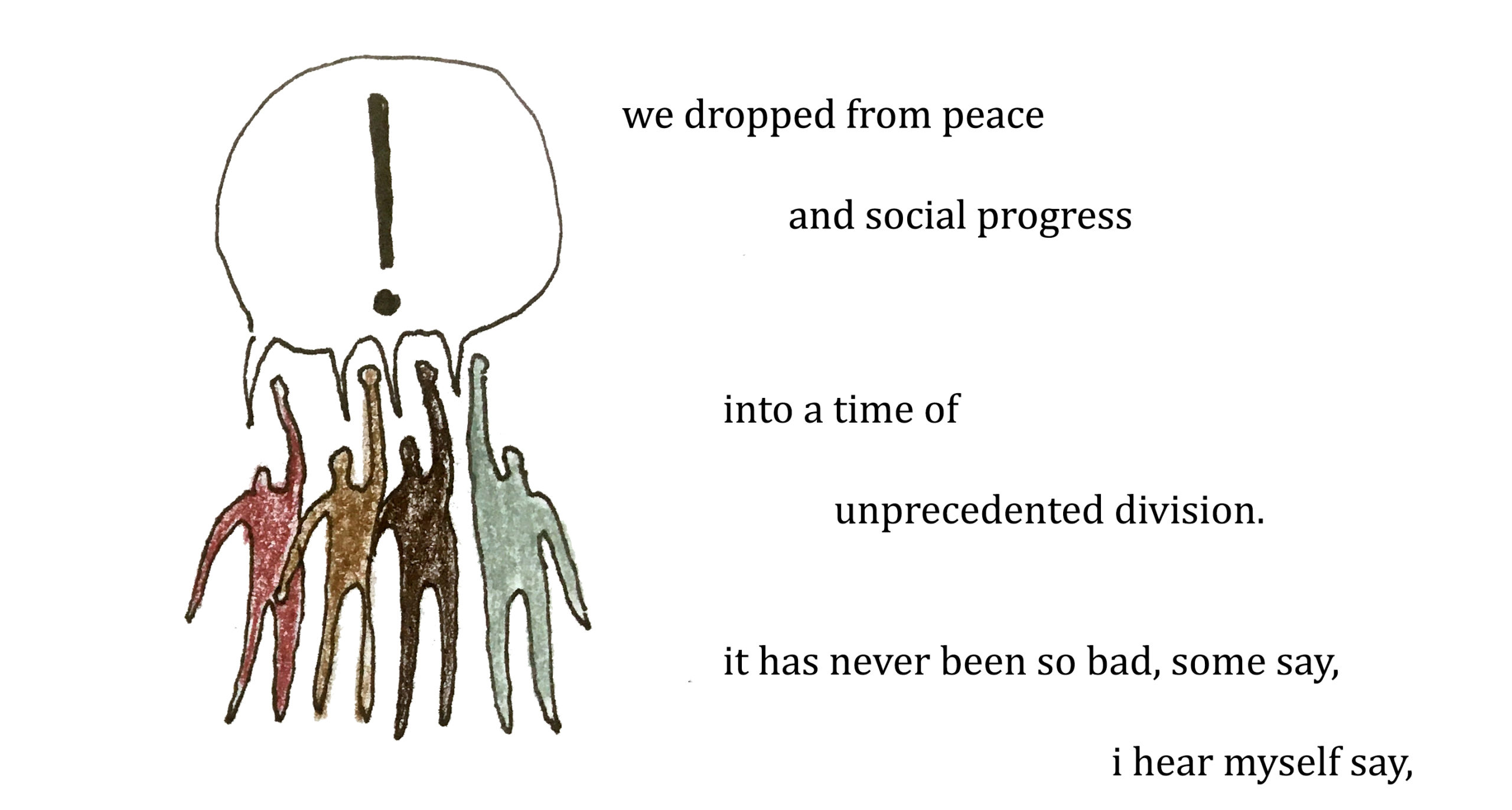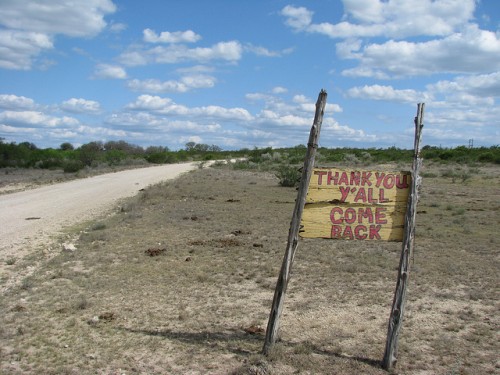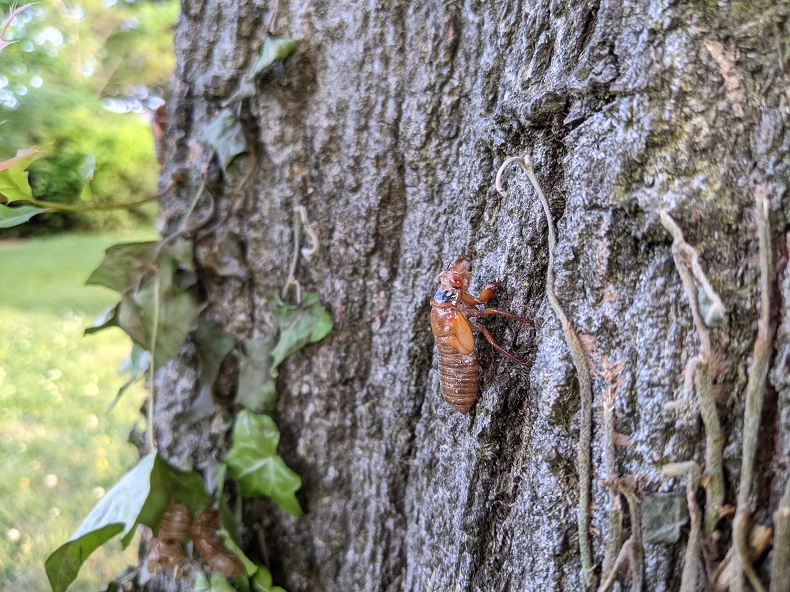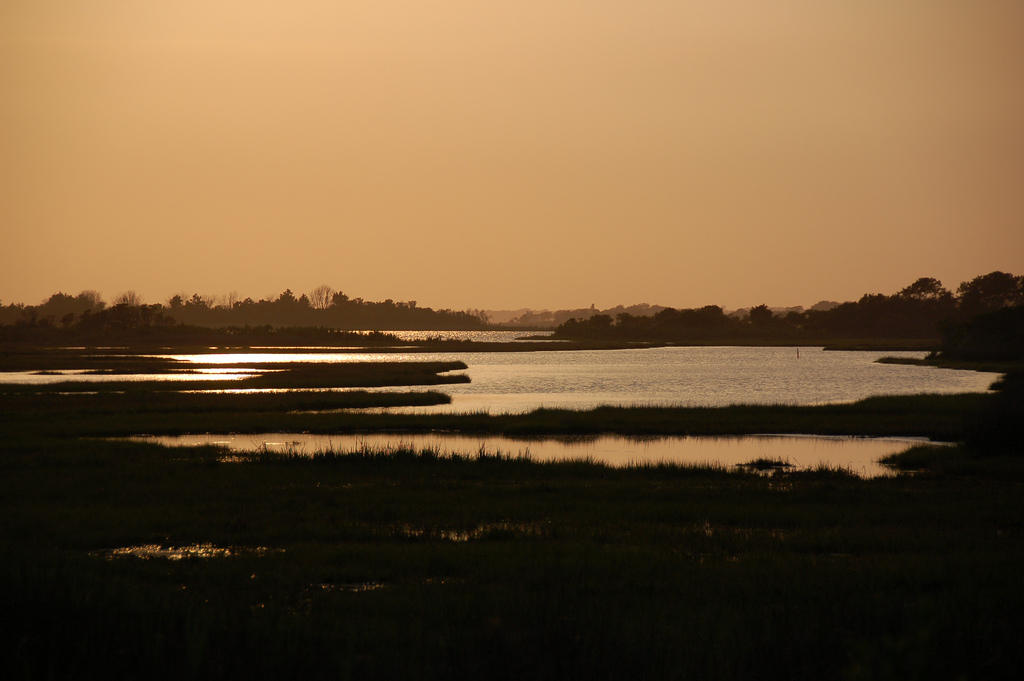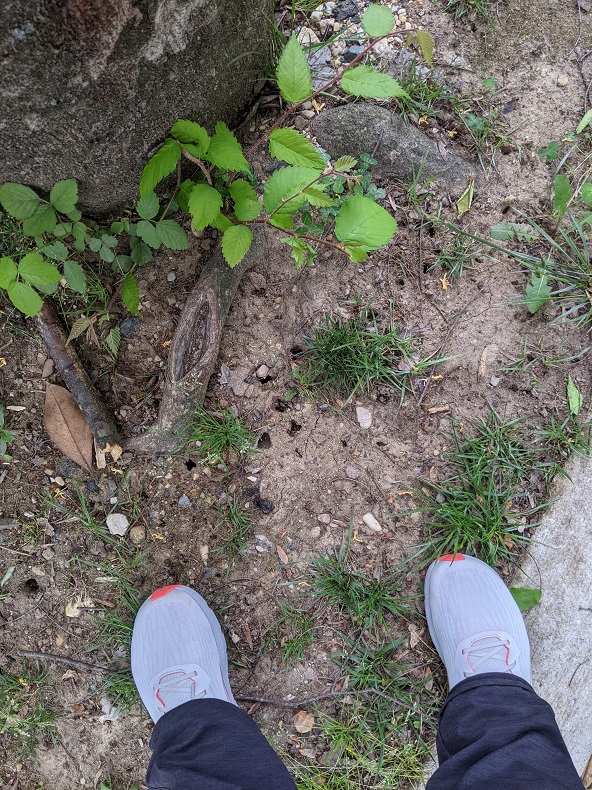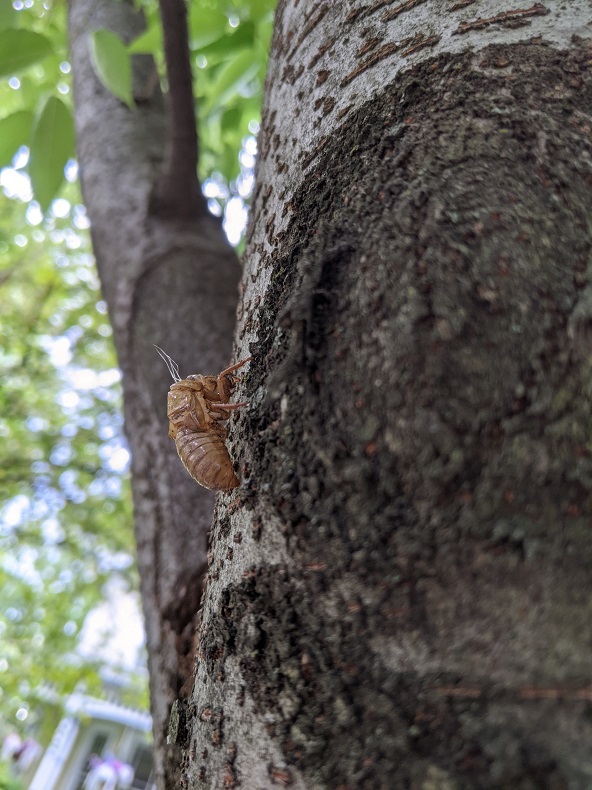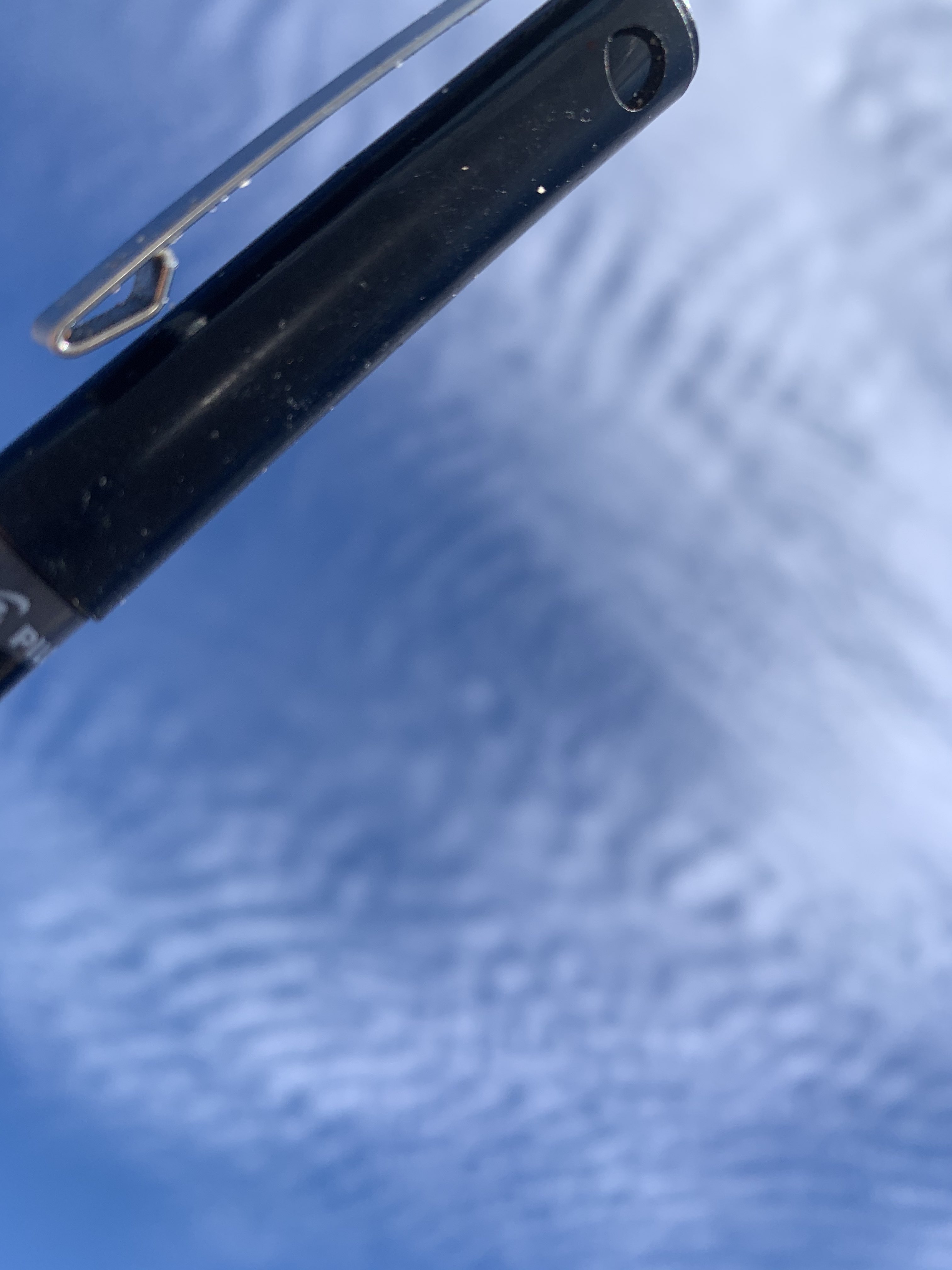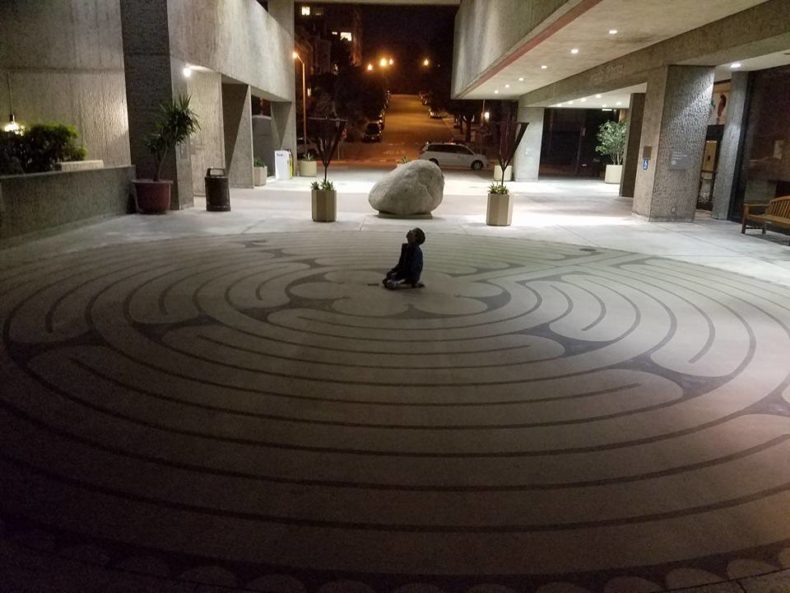
This originally ran August 4, 2017.
There is a difference between the two. In one you can’t get lost; one way in, one way out. The other is full of dead ends and false passages.
I take my kids to labyrinths. When they were little, we walked in socks along the path of a smooth stone labyrinth on the floor of Grace Cathedral in San Francisco. Inside the soaring bay of the cathedral, walking is like gliding, like leaving your body. We wound in and out of each other, the path sometimes bringing us close together, other times sending us apart as we headed from the outside to the center, and from the center back out.
This is a 35-foot-wide replica of the Chartres Cathedral labyrinth, built into to the floor of the French throned church in 1201. According to Labyrinth Guilds caring for these convoluted works of interactive art around the world, these are spiritual artifacts, “divine imprints.” Traveling along one involves three canonical stages: purgation, illumination, and union. Purgation is the entry, leaving the prosaic details of life behind. Illumination is reaching the center. Union is leaving along the same path, joining with God.
This is how my kids learned to do it, and nobody ever told them. They figured out if you spend half an hour walking to the center, you must spend another half an hour walking out.
Mazes, on the other hand, are made of alleys. They have dumpsters and knocked over trash cans. You can get cornered, and at times can’t find the way. I like these, too. Continue reading
